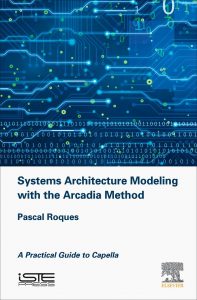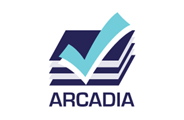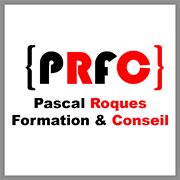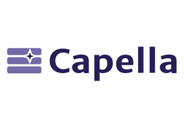Arcadia in Action with Capella (4 days)
This in-depth practical training will allow you to discover the ins and outs of the Arcadia method and its associated modeling language, through a complete case study carried out using the Capella tool under the guidance of the trainer.Systems engineers have been making use of modeling techniques for a long time. Based on both Functional Analysis and the SysML language, Arcadia (Architecture Analysis and Design Integrated Approach) is a model-based engineering method aimed at defining and validating the architecture of complex systems. After having tested the method internally, and developed an accompanying workbench, Thales has decided to make it public through the Capella tool (inside the Eclipse community).
This in-depth practical training will enable you to discover the ins and outs of the Arcadia (Architecture Analysis and Design Integrated Approach) method and its associated modeling language. We will mostly focus on the benefits of a workbench adapted to the method, through a complete case study performed with the open source Capella tool. A language, an approach, a tool: these are the three pillars needed for the success of the Model Based Systems Engineering (MBSE).
Duration:
4 days (8 sessions of 3.5h = 28h)
Audience:
Project managers, architects, system engineers,
wishing to learn how to use efficiently the Capella tool
Prerequisite:
Experience in Systems Engineering
Teaching Method:
Theoretical presentation with examples (25%)
Complete Case Study realized with Capella (75%)
Program:
Systems Engineering
What is a Model?
MBSE
Arcadia Principles
Arcadia 5 Architecture Levels
Main Concepts and Diagrams
Arcadia in Action with Capella
Main Tool Features
Case Study Presentation
Operational Analysis
Case Study #1 with Capella
OAIB, OAB, OEBD, etc.
System Analysis
Case Study #2 with Capella
SAB, SDFB, SFCD, SFBD, etc.
Case Study #3 with Capella
(S)ES, (S)MCB, etc.
Logical Architecture
Case Study #4 with Capella
LAB, (L)ES, (L)MSM, etc.
Case Study #5 with Capella
Data Modeling: (L)CDB, Library
System-Subsystem Transition
Physical Architecture
Case Study #6 with Capella
PAB, PDFB, PFCD, etc.
Case Study #7 with Capella
REC/RPL, Library
Complements (add-ons, etc.)
Conclusion
Summary
Best Practices
Related trainings



